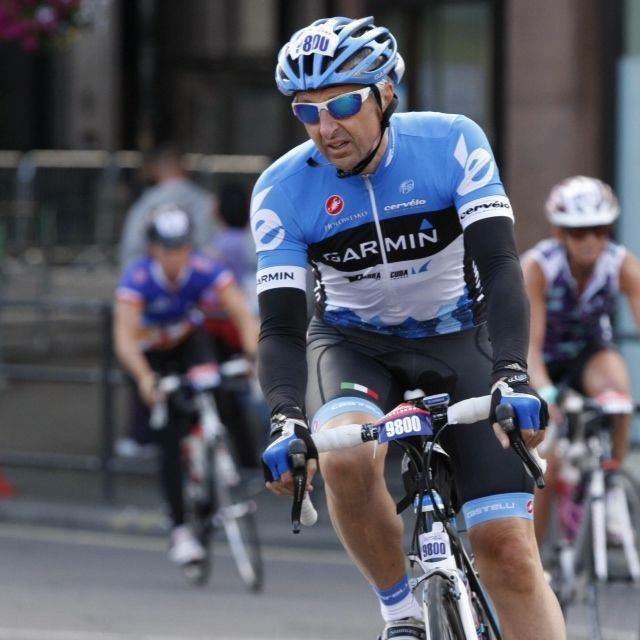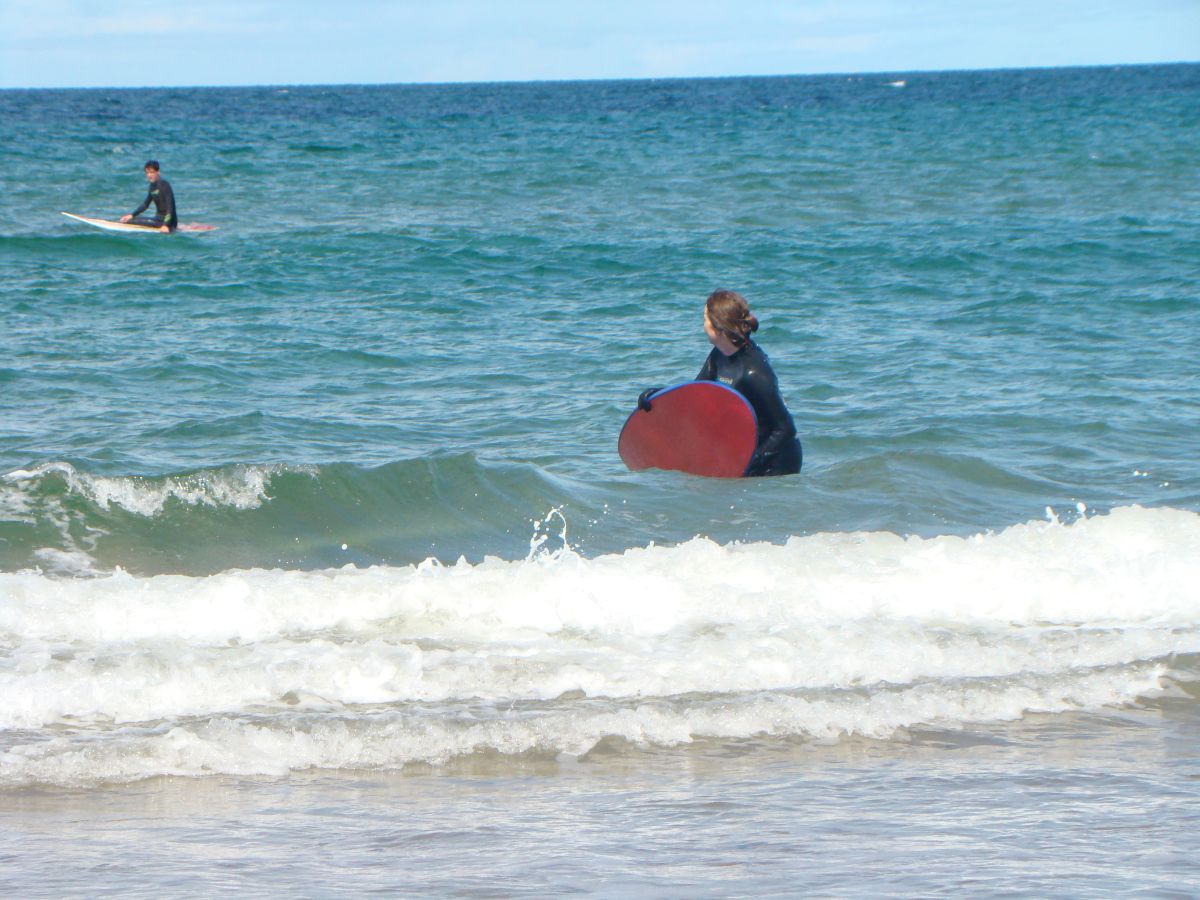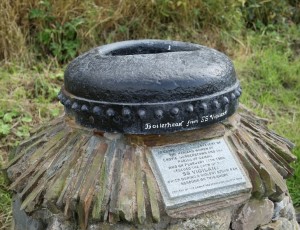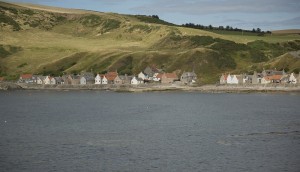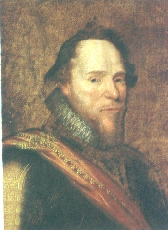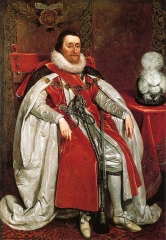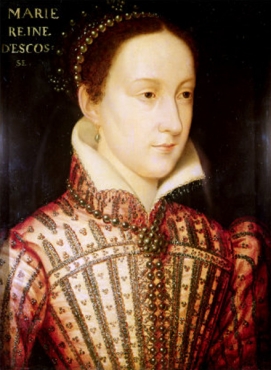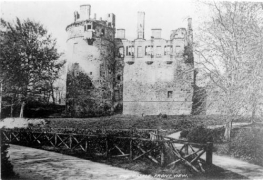Continuing on from Part Two of Blood Feud, Voice’s Alex Mitchell offers the final tranche of his account of Scotland’s troubled and violent history. Last week Alex looked at how the fortunes of Clan Gordon changed in the turbulent times of Mary, Queen of Scots. In the concluding part religious and political tensions erupt, James succeeds Mary, and the ancient clan feuds continue.
Lord James Stewart, Earl of Moray, became the first of four Reformation Regents. He later became known as the “Good Regent Moray”, not least in contrast with his successors. He was much better equipped for the responsibilities of kingship than was Mary Stuart, but, being of illegitimate birth, was ruled out of the succession.
He could attain kingly power only by becoming Regent for the infant James VI, which meant that Mary had to be removed, one way or another; and Mary, now widely denounced as an adulteress, a French/Papist whore and a husband-killer, had already self-destructed.
But Moray himself was assassinated in Linlithgow in January 1570, aged 39, having been Regent for less than three years.
Normal hostilities were resumed. An attempt had been made to end the ancient feud between the Gordons and the Forbeses by means of a marriage between the Master of Forbes and Lady Margaret Gordon, sister to the 5th Earl Huntly. But the union was a failure, ending in divorce, and relations were more embittered than ever. Following a running fight at Tillyangus near Alford in 1571, the Master of Forbes went south to look for allies.
Whilst he was away, the troops of Sir Adam Gordon, the victor of Tillyangus, attacked Corgarff Castle with the intention of claiming it for the deposed Queen of Scots. Meeting with firm resistance, Gordon set the castle ablaze, and Margaret Forbes, being the wife of Forbes of Towie, and her children and servants, amounting to 24 persons, all perished in the flames. This was a conspicuously dreadful deed, even by the standards of those times.
Infuriated to the point of madness by the cruelty of this act, the Master of Forbes lost no time in pursuit of his enemy. He now had the support of the new Regent, the Earl of Mar.
Forbes advanced northwards to Aberdeen.
The Burgh was occupied by the Gordons, who received intelligence of Forbes’ approach and positioned themselves near what is now the top of the Hardgate, where it crosses Bon-Accord Terrace, whilst a party of musketeers were hidden in the hollow a little further west, now called Union Glen. These last were instructed to wait until battle commenced, then to attack the Forbeses from the rear.
The conflict, since known as the Battle of the Crabstane, on 20 November 1571, lasted about an hour. Finding themselves under attack from both front and rear, the Forbeses were thrown into confusion and were forced to withdraw, defeated, leaving some 60 persons dead and the Master of Forbes a prisoner of the Gordons of Huntly.
For the next 18 months,Aberdeenwas the base of Sir Adam Gordon’s operations in support of the captive Mary Stuart, held prisoner by her cousin Elizabeth Tudor for some twenty years until her (Mary’s) execution in 1587.
the last of the four Reformation Regents, the Earl of Morton, took a hostile attitude to the citizens of Aberdeen
Sir Adam Gordon subsequently fled toFrance, but only narrowly escaped an assassination attempt by the Forbeses whilst in Paris. Gordon had been given 600 merks to leave Aberdeen, which was by now shifting away from its traditional reliance on the (Catholic) Earls of Huntly in favour of the (Protestant) Earls Marischal, to whose stronghold at Dunnottar Castle the Burgh’s title-deeds were sent for safe keeping in 1572.
But the last of the four Reformation Regents, the Earl of Morton, took a hostile attitude to the citizens of Aberdeen, whom he regarded as “art and part” of both the Gordon Rising and the Battle of the Crabstane. In 1574, he imposed a fine of 4,000 merks on the Burgh and demanded assurances that, henceforward, the Burgh would be ruled by sincere adherents of the Reformed faith, which, in principle, would have ruled out both the Gordons and their long-standing associates, the Menzies family of Pitfodels.
The Battle of the Crabstane was so-called because there lay nearby a large stone, irregularly square in shape, known as the Crab Stane, which relates to an Aberdeen mercantile family descended from John Crab, a 14th Century baillie of Flemish origin. Not far off was a longer, more slender stone, appropriately named the Lang Stane. The two stones may have been march-stones (or boundary stones) from their Crabstone Croft. It may be that the stones were once part of a stone circle.
They provided the names for two streets now in the neighbourhood, Langstane Place and Craibstone Street. The Lang Stane may be seen at the east end of Langstane Place, i.e., at the south-east corner of the first house in Dee Street. The Crab Stone abuts upon the pavement on the south side of the Hardgate near where it crosses Bon-Accord Terrace, close to where the battle between the Gordons and Forbeses took place in 1571.
The ongoing feud between the Gordons and the Stewarts flared up again in 1592 with the sensationally brutal murder at his mother’s house at Donnibristle near Culross of James Stewart, the 2nd Earl of Moray, son-in-law of the late Regent Moray, by George Gordon (1562-1636), the 6th Earl of Huntly.
Moray’s mother had a portrait painted of her son’s mutilated body, the famous ‘Death Portrait’, which depicts the ‘Bonny Earl o’ Moray’ as having been shot several times, hacked about the body and slashed twice across the face by sword. The situation was that King James VI had asked Huntly to arrest the troublesome 5th Earl of Bothwell (nephew of Mary Stuart’s Bothwell) and his associates, of whom Moray was one.
There was some evidence of a ‘hit-list’ of the King’s enemies. Certainly the King took no action against Huntly, who was never brought to trial, and in fact received a Royal Pardon a week after the murder.
However, after Huntly and his ally Francis Hay, the 9th Earl of Erroll, attempted a Catholic rebellion in 1594, King James felt obliged, for the sake of appearances, to have their castles at Strathbogie and (Old) Slains blown up; and Huntly and Erroll were forced to depart Scotland for France. But they were soon pardoned and back home, and in 1599 King James promoted George Gordon to the rank of 1st Marquess of Huntly and the major responsibility of Lieutenant of the North.
Unlike his mother, Mary Stuart, King James knew who his real friends were, and kept them close, to the occasional extent of letting them get away with murder. The Gordons had come through ‘interesting times’ and had survived, but they were never again to be as ‘gey’ as in the glory days of George Gordon, the 4th Earl of Huntly.
Contributed by Alex Mitchell.
 A leading Aberdeen business organisation has hailed the impact of a popular street market which has returned to the heart of the city.
A leading Aberdeen business organisation has hailed the impact of a popular street market which has returned to the heart of the city.